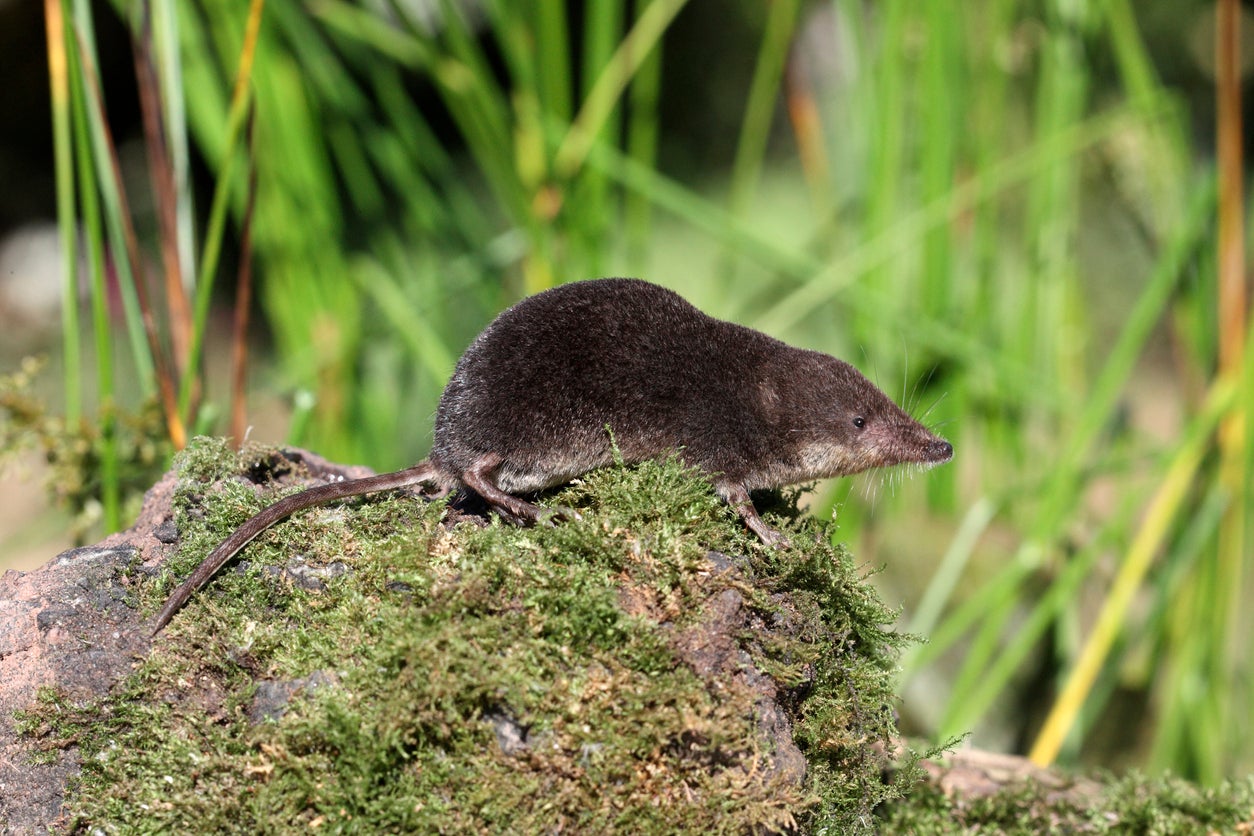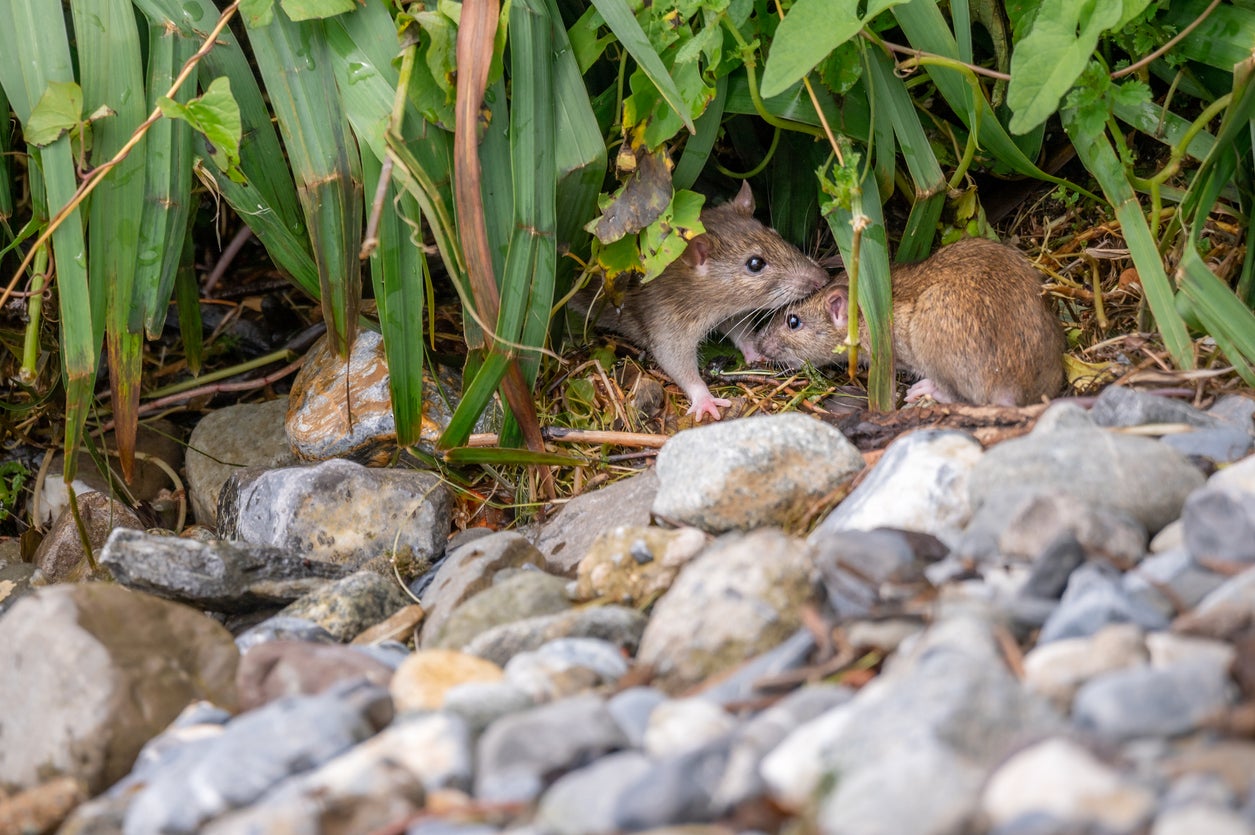Rats and shrews less genetically diverse than 500 years ago because of humans
Study’s authors say impact of humans on such mammals highlights need to protect biodiversity, reports Furvah Shah


Rats, shrews and other small mammals are less genetically diverse compared to 500 years ago because of humans, according to a new study.
Researchers at Stanford University found that when comparing mammal remains in pre-colonial North America to those of today, they were less diverse and differently structured which shows the extent of the impact of human activity on ecosystems.
“The way that we manage lands matters, and that it is not too late to protect our lands in order to protect biodiversity,” said Dr Maria Viteri from Stanford University’s department of biology.
For the study, researchers analysed the remains of small mammals, particularly rats and shrews, due to their ability to quickly adapt to changes in environment and their low extinction rate.
“We wanted to understand the impacts of land modification on small mammals, which are foundational to terrestrial ecosystems,” said Dr Viteri.
“We examined thousands of small mammal bones and teeth from modern raptor pellets and three archaeological sites along the gradient, representing different levels of human modification today.”

They found that despite their adaptability, the mammals were altered by human impact and environmental changes as diversity decreased alongside increasing human modification.
Secondly, researchers found that the overall make-up of today’s small mammals was fundamentally different to those from up to 500 years ago, showing how human activity impacted one of the most resilient species on Earth.
More optimistically, Dr Viteri said: “Our results demonstrate that even a relatively small, protected space can at least partially protect native faunal communities.
“The study shows that the way that we manage lands matters, and that it is not too late to protect our lands in order to protect biodiversity.
“While biological preserves can buffer biodiversity change across spatiotemporal gradients of human impact, they cannot completely mitigate the overwhelming signal of [time] on today’s ecosystems.”



Join our commenting forum
Join thought-provoking conversations, follow other Independent readers and see their replies
Comments